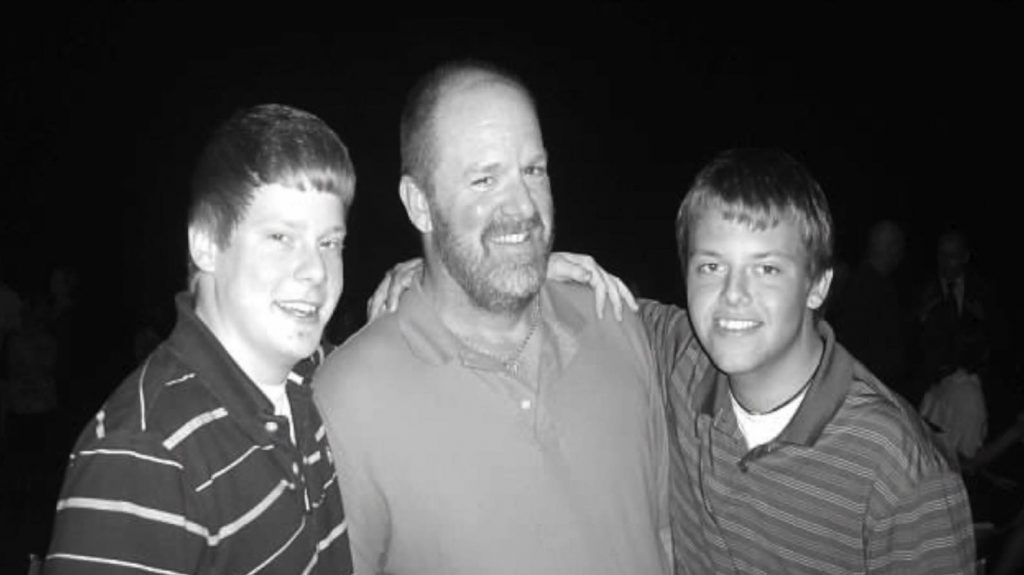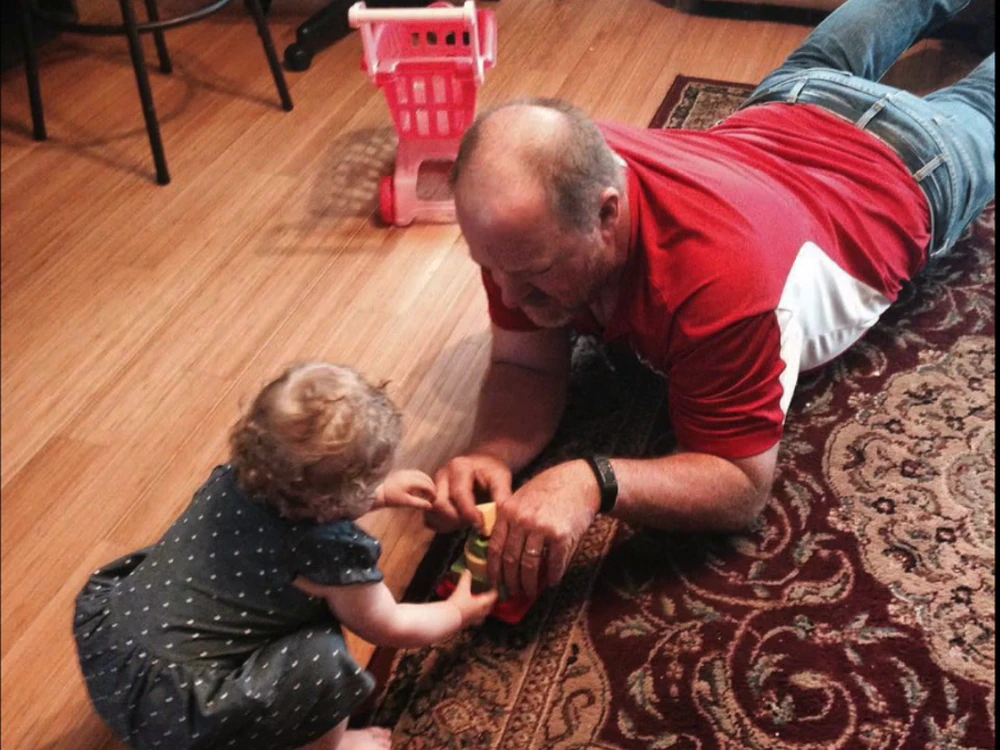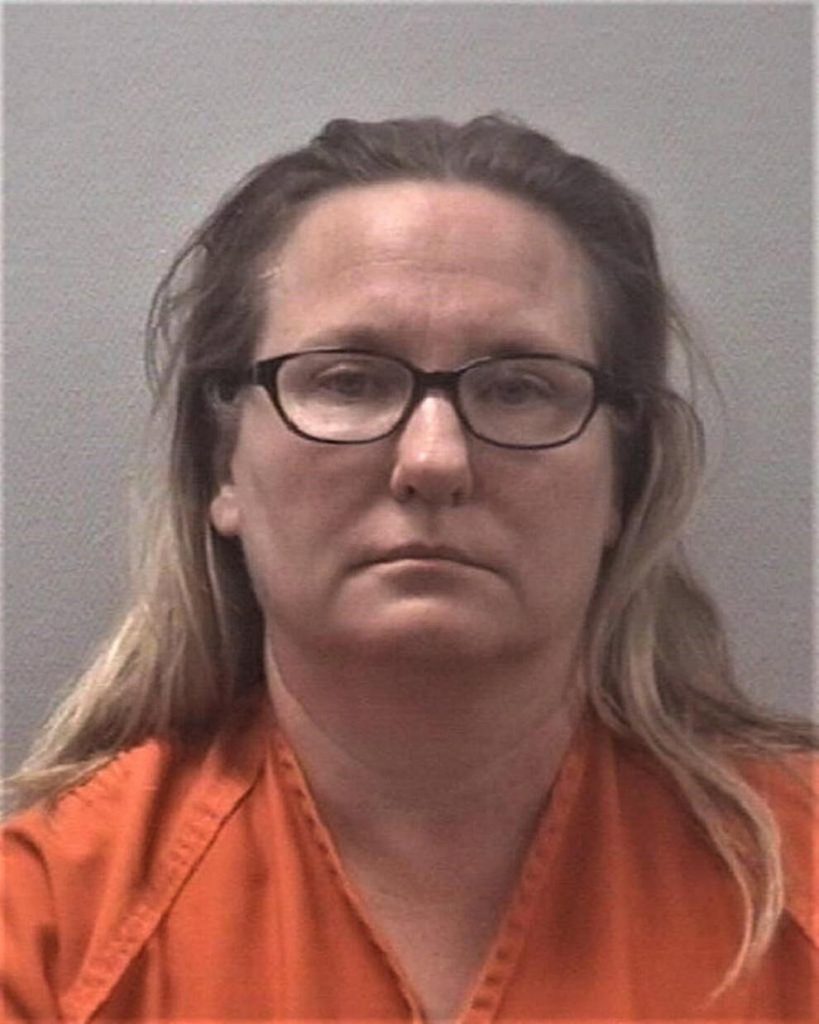A woman calls 911 and tells the dispatcher that her husband shot himself, but her story begins to fall apart as investigators dig deeper. Who killed Michael Bryan, and why did they do it?
Episode Media



Episode Sources
- Obituary of Michael Bryan
- 11th Circuit Solicitor’s Office – Facebook
- Lexington woman arrested in husband’s death, 10 months later
- Lexington woman charged with 2016 murder of her husband
- Wife Arrested for Murder in Shooting Death of Husband
- Kimberly Fletcher Groh convicted in husband Michael Bryan’s death
- Lexington woman sentenced to 30 years in prison for fatally shooting her husband
- Woman who shot husband to death gets 30 years
Episode Transcript
Welcome back to Bite-Sized Crime! This week I am bringing you another case from my own backyard. It’s a short story, but one I feel is important to tell. One of my goals in creating this podcast was to bring attention to the cases that don’t always reach the national media. Just because a crime isn’t splashed all over Instagram and Twitter, it doesn’t mean the victim deserves their story to be told any less. This episode discusses sensitive topics, so listener discretion is advised.
Michael Jennings Bryan was born in Charlotte, North Carolina in 1961. He was an avid outdoorsman who loved to hunt and fish and enjoyed recreational sports like water skiing. He was well liked; his friends called him Biscuit. The Bryan family eventually moved to South Carolina, and after high school, Michael attended Midlands Technical College in Columbia.
Michael worked hard to support his family, which by then included two sons, earning his license as a master plumber specializing in contract work. In 1999, he started his own plumbing company – Plumb Krazy Plumbing – in the town of Lexington.
Fast forward about a decade. In 2008, Michael married Kimberly Fletcher Groh. At the time, Michael was 46 and Kimberly was 42. Kimberly was also originally from North Carolina, and she had a daughter from a previous relationship. Kimberly and Michael worked together at the plumbing business during the week and enjoyed spending time with their children on evenings and weekends. The family was very involved in their church, and the kids participated in many extracurricular activities. Kimberly often volunteered in the community, working on projects centered around helping those experiencing homelessness.
To everyone who knew them, Michael and Kimberly were happy and in love. But sadly, it would not last.
At 1:42 in the morning on November 30, 2016, Kimberly called 911. She told the dispatcher that her husband had shot himself with a Winchester rifle. When officers arrived at the home, they found Michael in bed with a single gunshot wound to the chest. He was pronounced dead at the scene.
Investigators from the Lexington Police Department and the South Carolina Law Enforcement Division processed the scene and sent multiple items to the state crime lab for analysis, including the rifle. While they waited for results, they questioned Kimberly at length. At first she maintained that Michael had shot himself with his own rifle, but she later changed her story, claiming that Michael had been asleep in bed next to the gun, and that it had accidentally discharged when she tried to remove it. At one point she claimed that Michael had been lying on his side when the gun went off.
None of Kimberly’s stories sat right with detectives. Michael was an experienced hunter and knew his way around a firearm. It didn’t seem likely that he would be asleep in bed next to a loaded gun. And if he had taken his own life, it seemed strange that he would choose to shoot himself in the chest, especially if he had supposedly been lying on his side.
Further investigation would soon complicate Kimberly’s stories even more. A forensic autopsy and toxicology analysis revealed that Michael had Temazepam in his bloodstream at the time of his death. Temazepam is a strong prescription medication used to treat insomnia.
When Lexington police searched Michael and Kimberly’s home, they discovered two small plastic bags inside Kimberly’s purse. One contained a powdery substance that was determined to be Temazepam. The second bag contained Temazepam capsules. Investigators also recovered food containers from the house. It was determined that Temazepam was present in the food that Michael had eaten for dinner the night he died; food that Kimberly had prepared and served to him.
Police seized Kimberly’s electronic devices, including her iPhone and laptop, and the evidence they uncovered was damning. The forensic analysis found internet searches dating back to 2015 in which Kimberly had looked up topics such as “Ways to poison your spouse without detection”, “How much arsenic will kill a human”, and “How to shoot a Winchester .223”.
The investigation also revealed that in early November of 2016, just weeks before Michael’s death, Kimberly had purchased arsenic from an online laboratory supplier on two separate occasions. The two orders were placed less than a week apart from each other.
On December 1st, the day after Michael died, Kimberly filed a claim with Jackson Life Insurance Company to collect on Michael’s $500,000 policy, of which she was the sole beneficiary. Although Kimberly was certainly entitled to her husband’s life insurance, investigators found it suspicious that Kimberly would move to collect the money so quickly. They soon discovered that Michael’s plumbing business was struggling and Kimberly had fallen into financial distress in the months leading up to Michael’s death. For detectives, this painted a picture of a woman who may have been willing to take drastic measures to solve her financial problems.
Ultimately, it was the rifle that proved to be the final piece of the puzzle. Renowned crime scene investigator Steve Derrick, an expert in ballistics and blood spatter analysis, determined that the shooting could not have happened the way Kimberly described. The rifle had been fired from several feet away from Michael’s body; Derrick was of the opinion that Michael had been sitting upright in bed when Kimberly – standing at the foot of the bed – shot him in the heart. The crime lab confirmed this theory; Michael’s DNA was not on the trigger of the rifle, but Kimberly’s was.
On September 25, 2017, Lexington police obtained an arrest warrant for Kimberly Fletcher Groh. She turned herself in at the Lexington Police Department the next morning.
Lexington Police Chief Terrence Green said in a statement, “Ten months has passed since the death of Michael Bryan and the patience of the Bryan family was appreciated as detectives diligently worked through every aspect of this tragic investigation. I hope that the arrest of Kimberly Groh brings closure and answers to Michael Bryan’s family and friends.”
Kimberly was charged with first-degree murder and possession of a weapon during a violent crime. She was put on house arrest as her case slowly made its way through the court system, and in July of 2021 – four years after her arrest – prosecutors agreed to let Kimberly take a plea deal to spare the family the ordeal of a trial. She pleaded guilty to voluntary manslaughter, which carries a maximum sentence of 30 years.
During Kimberly’s sentencing hearing, Michael’s family and friends filled the courtroom to share about Michael’s life and the impact he had on those he loved. Michael’s son John told reporters that the family was seeking peace: “peace that I will find from justice in this courtroom.”
Circuit Court Judge Walton J. McLeod IV acknowledged that Kimberly’s crime was premeditated and callous, that she had chosen to take a life for her own financial gain. “Tragic does not do it justice – the damage here cannot be quantified by words.”
After a four hour-long hearing, Kimberly Fletcher Groh was sentenced to the maximum 30 years in prison. Under South Carolina law, she is not eligible for parole.
After the sentencing, Eleventh Circuit Assistant Solicitor Robby McNair stated, “This case has taken an emotional toll on everyone involved, especially the family of Michael Bryan. We appreciate their trust in our office and the judicial system. It has been a long road and we are immensely satisfied to see justice served today.”
Kimberly was led out of the courthouse in handcuffs. She is currently serving out her sentence at the Graham Correctional Institution for women in Columbia, South Carolina. She will be in her 80s when she is finally released.
In the world of true crime, we are often left with unsatisfying answers, mishandled investigations, or infuriatingly unsolved mysteries. But in the case of Michael Jennings Bryan, justice was served, and some measure of peace was delivered to a grieving family. It is important to recognize the successes of our justice system, even as we acknowledge the failures. Because for every success story, there are dozens of victims who have yet to receive the justice they deserve. I’ll be back next week with one such story.
